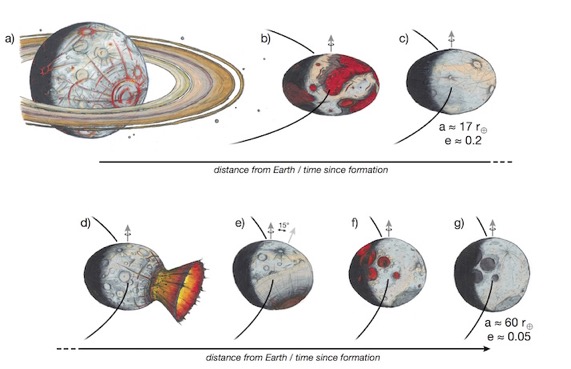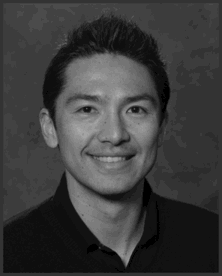Fossil figure of the Moon
22/07/21 14:15

It has been known for centuries that the lunar rotational and tidal bulges are much larger than expected. The excess deformation is thought to arise due to a fossil figure established when the Moon orbited much closer to Earth than it does today. However, previous investigations of this possibility assumed infinite material rigidity after the fossil figure was established, which precludes the application of the approach to investigations of planetary bodies. To remedy this, I developed a generalized model characterized by finite rigidity, and demonstrated, in application to the Moon, that an interior with a rigidity typical of rocks can preserve a fossil figure capable of explaining the present rotational and tidal bulges (Matsuyama, 2013). However, explaining the observed figure also required an initially highly eccentric or non-synchronous orbit, contrary to current views of lunar formation and evolution. In a subsequent paper, my graduate student (James Keane) and I investigated whether impact basins, volcanic plains, and other lunar gravity anomalies could contribute to the observed excess deformation (Keane and Matsuyama 2014). We found that a single impact basin—the giant South Pole-Aitken basin—could explain a large fraction of the excess deformation. Accounting for the signal associated with this basin, we found that the lunar fossil figure was consistent with a low-eccentricity, synchronous orbit. Image credit: James Keane.
Relevant publications:
- Keane, J. T., & Matsuyama, I. (2014). Evidence for Lunar True Polar Wander, and a Past Low-Eccentricity, Synchronous Lunar Orbit. Geophysical Research Letters, 41. http://doi.org/10.1002/2014GL061195
- Matsuyama, I. (2013). Fossil figure contribution to the lunar figure. Icarus, 1–4. doi:10.1016/j.icarus.2012.10.025
